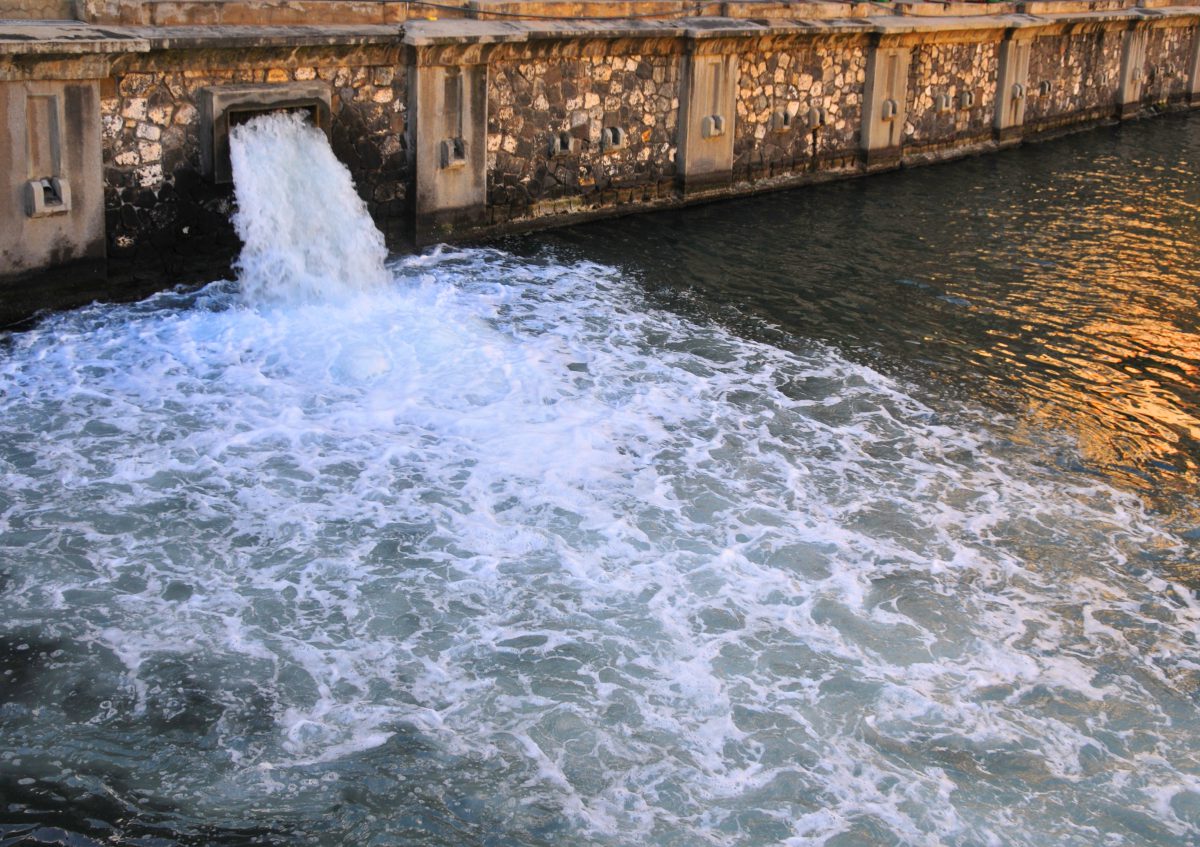The need for robust, authoritative climate data is essential for tackling flooding effectively in one of the potential “eco-districts” being developed in Johannesburg, South Africa.
The Paterson Park Precinct has experienced heavy flooding, largely as the result of outdated stormwater infrastructure and nearby drainage lines. To address these challenges, Johannesburg’s Development Planning Department is planning to undertake extensive upgrades to this area’s stormwater infrastructure. To do so, however, it needs the climate data developed by the Copernicus Climate Change Service (C3S), which allows for fully assessing the costs and benefits of various alternatives.
The SAVi assessment integrated C3S data to consider a “baseline situation” against a more traditional, “grey-engineered” solution, relative to greener alternatives.
The assessment of these alternatives involves:
- Calculation of capital and operational expenditures.
- Valuation of co-benefits, avoided costs, and societal costs. This includes job creation, discretionary spending, (reduced) flood damage costs, and air quality improvements (reduced health costs).
- Simulation of climate change scenarios (varying projections of climate variables) and the impact on the performance of the three alternatives, such as impact on operational expenditures and magnitude of co-benefits, avoided costs, and societal costs.
- A financial analysis of the performance (IRR, NPV) of three alternatives under the different climate change scenarios.
We have engaged with the Development Planning Department of the City of Johannesburg to determine the characteristics of the grey-engineered stormwater scenario and the green infrastructure scenario.
The C3S climate variables of importance for this assessment involves precipitation, including extreme rainfall events. Potentially, the air quality and temperature regulating benefits of green infrastructure solutions could be assessed, which would imply integrating air temperature and solar radiation variables into the assessment.

